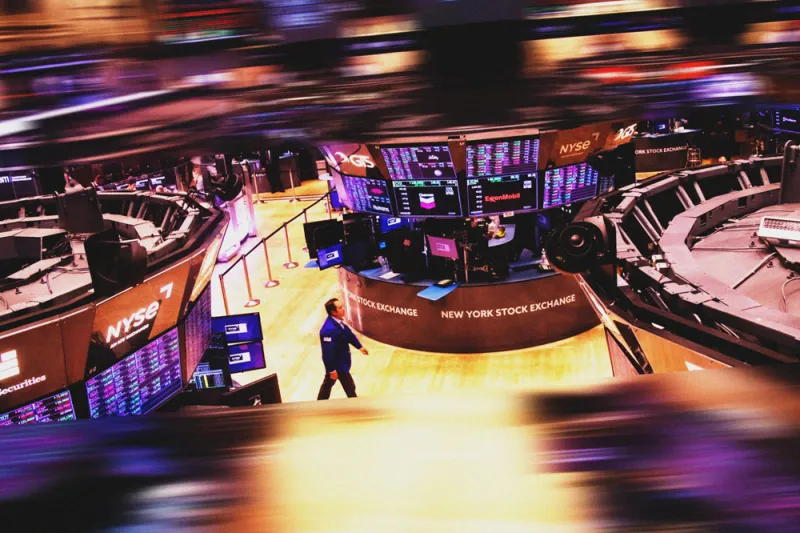New research on historical IPO performance shows where investors have found the most value.
The analysis from U.K.-based prime broker IG Prime looks at which types of companies have grown the most since their initial public offerings. Among companies listed on the Nasdaq and New York Stock Exchange, the best-performing were those in the basic industry sector, which includes discovery, development, and trade of raw materials. The median share price for such companies was 160 percent of their IPO value in January, according to the report.
Companies in the technology and capital goods sectors were also outperformers, with median IPO values of 157 percent and 143 percent, respectively. The median energy company, however, was trading at only 72 percent of IPO value, the lowest among all sectors.
IG Prime looked at companies listed on Nasdaq, the NYSE, the London Stock Exchange, and the Stock Exchange of Hong Kong. The data dates back to 1985 for companies in the U.S., 1988 for those in the U.K., and 2017 for those in Hong Kong.
As of January, the median share price for companies in the U.K. was 105 percent of their IPO value, slightly higher than the 103 percent median value for U.S.-listed companies. Top performing U.K. sectors included industrials, consumer staples, and utilities, while energy companies were again at the bottom, trading at merely 10 percent of their IPO values. In Hong Kong, however, energy proved to be the best performer, with a median price of 239 percent of IPO value.
Within the U.S., public companies based in Vermont led the pack, with a median price of 484 percent of their IPO values. The next best states were Iowa and Kentucky, where companies traded at 359 percent and 264 percent of their IPO values, respectively.
“Our research does show that IPOs can encourage investors and shareholders to invest, increasing the overall returns long-term,” Max Hayden, global head of prime brokerage sales at IG Prime, told II in an email. But the wide performance gaps suggest that investors should “assess both the company, sector, and financial market beforehand as all factors are volatile and subject to change at any time,” he said.
In general, companies that went public in earlier years have generated better returns, according to the report. For U.S. companies that went public in the early 2000s, the median stock price reached as high as 467 percent of their original value.
“Unsurprisingly, companies that had their IPOs more recently still had around the same value per share, while share prices from earlier years’ IPOs varied wildly,” the report said. “This is confirmation that long-term strategies are more likely to see steady growth — a familiar point of wisdom.”







